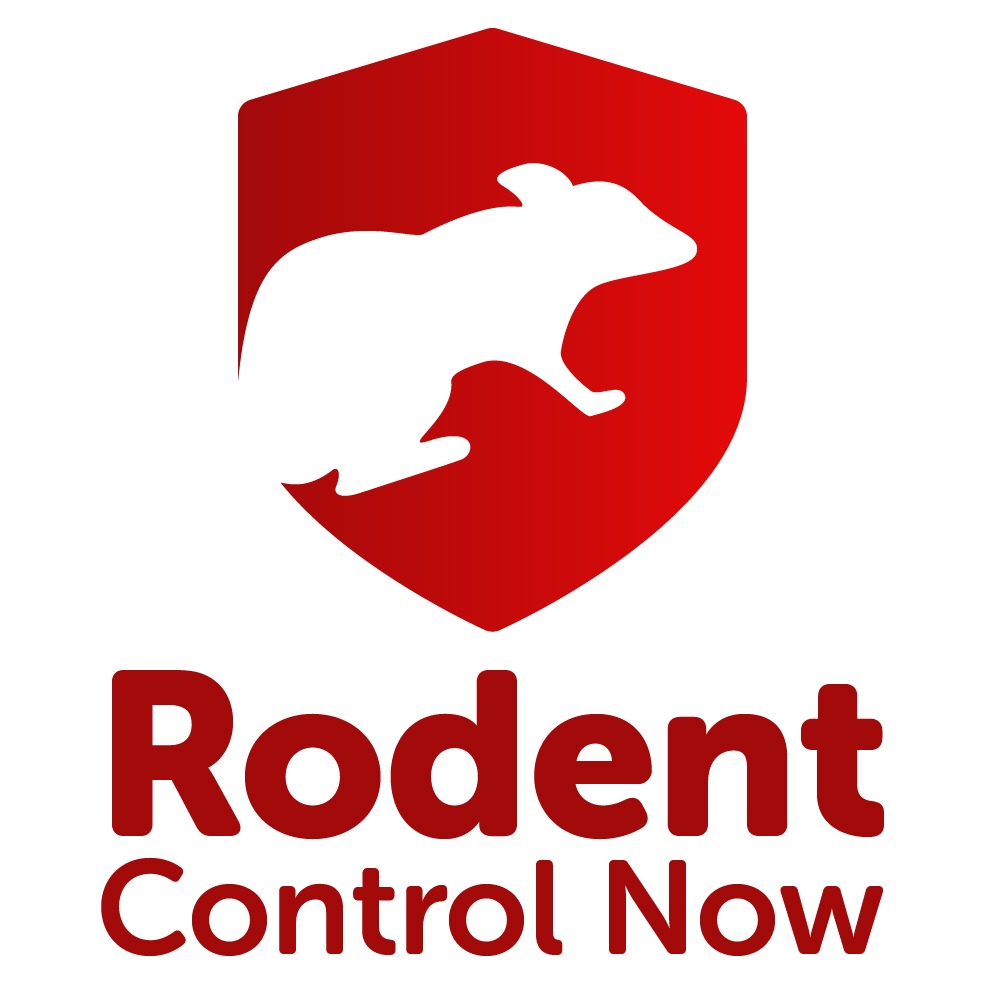Mouse infestations can cause significant damage to your home. Mice are known for their destructive behavior, as they burrow in walls and chew on pretty much everything they encounter, including wires, insulation, wood, and even drywall. The gnawing damages can lead to dangerous situations like fire hazards due to exposed electrical wires, unfavorable temperature control due to ravaged insulation, and weakened structural integrity of the house due to gnawed on wood. So, it’s absolutely crucial to catch and repair mouse damage at the earliest. Let’s walk you through the key steps of repairing mouse damage in your walls.
The first step is conducting a thorough inspection to identify mouse damage. Look for apparent signs, such as small holes at the bottom of your walls, chewed wires, or shredded insulation. Mouse droppings around these areas can confirm mouse activity. Identifying the extent of the damage will help you decide the severity of the repair work needed. Remember to put on some gloves and a mask to protect yourself from any harmful particles, bacteria, or viruses that might be present.
The next thing to do is to ensure you get rid of the rodents before starting with the repair work. Otherwise, they’ll just continue causing new damages. Traditional snap traps, live-catch traps, and rodenticides are some of the options you can consider. Alternatively, hiring a pest control service to address this issue might be a more effective solution.
Once the mice situation is under control, it’s finally the time to repair the mice damage. Wall damages are typically repaired by patching the holes. First, you’ll need to cut out the damaged area of the drywall with a utility knife. Make sure to cut a few additional inches around the hole to ensure you remove all damaged material.
After cutting away the damaged drywall, you should install a backing material like a scrap piece of wood or a drywall patch, depending on the size of the hole. The backing material should be bigger than the hole so you can screw it securely to the undamaged parts of the drywall.
With the backing material in place, take a new piece of drywall, cut it according to the size of the hole, and fasten it to the backing using screws. It is important to ensure that the screws are slightly below the surface of the new piece of drywall.
Now, use a joint compound to cover the area of new drywall including the screws and edges. Use a drywall knife to make sure the compound is evenly spread. Once the joint compound is dry, smooth it out using sandpaper. Repeat the process for better results. Finally, paint the repaired part of the wall to match the rest of your wall.
When insulation is damaged, the repair process involves cutting away the damaged part, and replacing it with new insulation. Make sure to use gloves and eye protection while handling insulation, as it can irritate skin and eyes. For damages in wires, remember it’s always better to hire a professional electrician to handle the issue.
Remember, timely repair of mouse damage in walls is not only important to maintain the aesthetics of your home, but also crucial for the safety and structural integrity of your home.
